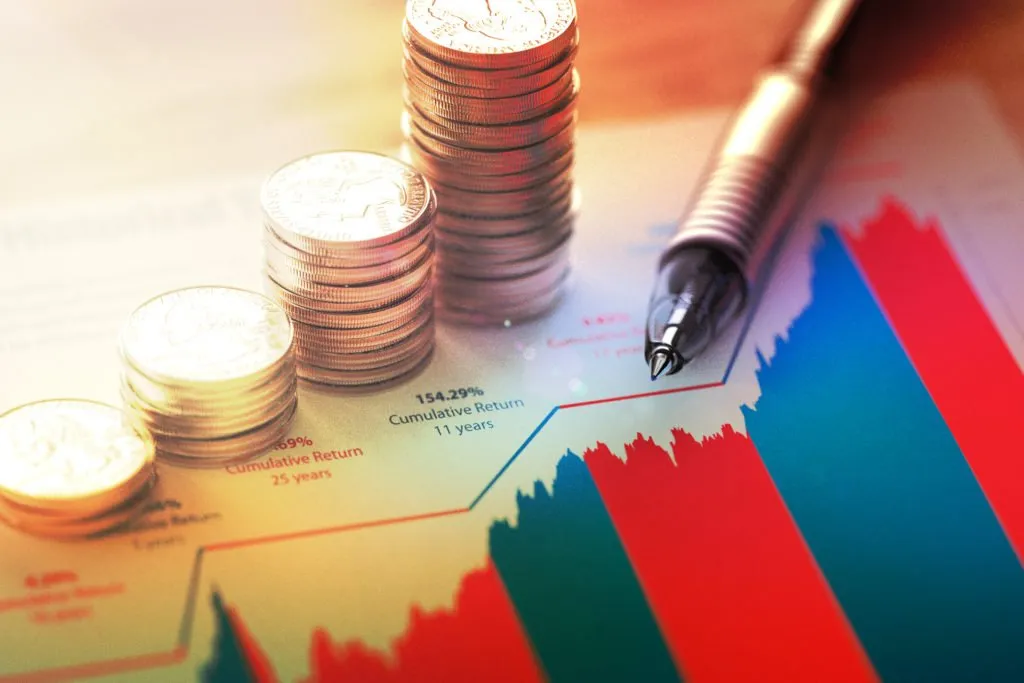
By Marvi Ali
(Image: creative common license)
Over the past few months, the Federal Reserve has steadily been raising the federal funds interest rate in an effort to combat inflation. The Federal Reserve, also known as the Fed, is the central bank and monetary authority of the United States. The Fed is tasked with the major responsibilities of conducting national monetary policy, supervising and regulating the banking system, and ensuring financial stability.
Recently, the Fed announced a 0.75% increase to their interest rate on November 2, making this the sixth interest rate hike of the year. And, the Fed hasn’t been acting in isolation. The European Central Bank, the Fed’s counterpart in Europe, recently raised rates by 75 basis points to the highest level since 2009. These drastic measures have been taken in an effort to combat the historically high level of inflation. The consumer price index (CPI), a measure of the price of an average market basket of consumer goods and services purchased by households, has increased 7.7% over the last 12 months. A number of factors, such as Russia’s war in Ukraine, COVID-19, and global supply chain shortages have put an enormous amount of downward pressure on supply, which leads to increase in price and thus the creation of this inflationary environment.
For some context, the federal funds rate is the interest rate that large commercial banks charge each other for borrowing money overnight. And, banks must often borrow overnight loans from one another in order to satisfy liquidity requirements set by regulators. This interest rate affects the average individual because it serves as a benchmark for other U.S. market interest rates. There is also a trickle-down effect, meaning that higher interest rates makes borrowing more expensive, so it slows down both consumer and corporate borrowing, which decreases consumer spending and makes corporate funding more challenging.
The Fed hopes that by raising interest rates and overall costs they can ultimately slow consumer spending, and as a result, business growth will slow, leading to a decline in customer demand and a reduction of the supply of money in circulation. These side effects of an interest rate hike are helpful in lowering inflation and cooling of the economy.
So, raising interest rates is one of the Fed’s tools for slowing inflation. Yet, it still seems that the economy is in for a bit of a bumpy ride in the coming months. This policy tool works with a lag, meaning it will take a while to see the effect of the interest rate hikes in the economy. Plus, the Fed’s rate hikes are likely to cost jobs and, in trying to cool off the economy, the Fed also risks materializing the looming threat of a recession. Gregory Daco, chief economist at EY-Parthenon, speaks to the irony of anticipating a recession: “If you prepare for a recession, So, raising interest rates is one of the Fed’s tools for slowing inflation. Yet, it still seems that the economy is in for a bit of a bumpy ride in the coming months. This policy tool works with a lag, meaning it will take a while to see the effect of the interest rate hikes in the economy. Plus, the Fed’s rate hikes are likely to cost jobs and, in trying to cool off the economy, the Fed also risks materializing the looming threat of a recession. Gregory Daco, chief economist at EY-Parthenon, speaks to the irony of anticipating a recession: “If you prepare for a recession, you end up having that recession. I mean, it’s pretty simple. Recessions are self-fulfilling prophecies. If one person prepares for a recession, that’s fine, they’re going to retrench, they’re going to buy a little less, they’re going to be more careful with their outlays. That’s fine. But if 300 million or 350 million people do the same thing, if everybody cuts their spending by 5 percent, well, then there’s a 5 percent correction in spending, so that entails a recession.” Here, Daco clearly explains the self-fulfilling prophecy of a looming recession and how we, as individuals, contribute to reduced demand and the ultimate slowing down of our economy’s growth.
Unfortunately, we are facing the harsh reality that our economy will have to get worse before it gets better.



